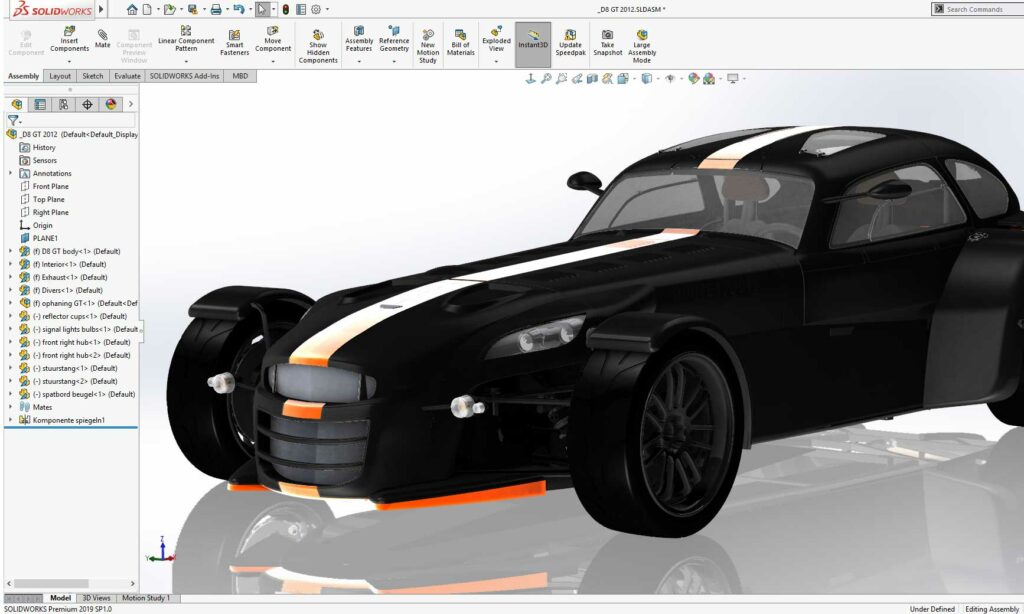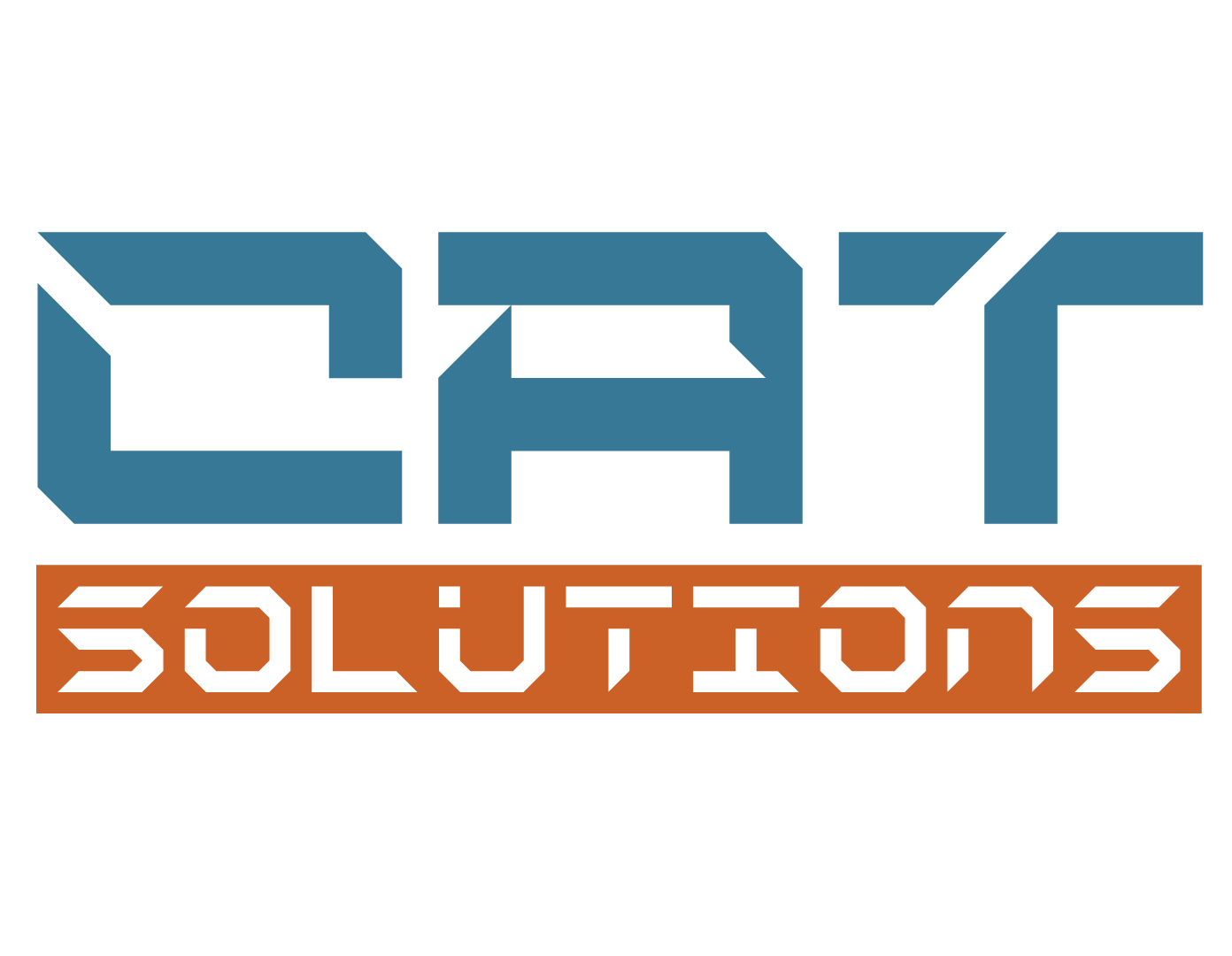Learning Surface Modeling unlocks the full potential of SOLIDWORKS as a modeling tool. You will learn how to fine-tune any small detail of a SOLIDWORKS model by controlling its topology; manipulating the “underlining” fabric of one or more faces in order to achieve the desired result.
You will also discover hybrid modeling techniques, combining surfacing and solid methods for creating complex shapes. A special lesson is dedicated to troubleshooting topology errors and repairing imported geometry.

Objectifs:
SOLIDWORKS Surface Modeling course focuses on consumer product design. Surface modeling techniques, hybrid surface/solid modeling methods, and the interoperability between surfaces and solids are covered.
SOLIDWORKS SURFACE MODELING TOPICS COVERED:
- Understanding Surfaces
- Introduction to Surfacing
- Solid-Surface Hybrid Modeling
- Repairing and Editing Imported Geometry
- Advanced Surface Modeling
- Blends and Patches
- Master Model Techniques
SOLIDWORKS SURFACE Lessons :
Lesson 1: Understanding Surfaces
- Solids and Surfaces
- Geometry vs. Topology
- What is a Solid?
- Euler’s Formula
- Behind the Scenes
- Adjusting FeatureManager Settings
- Introducing: Extruded Surface
- Introducing: Planar Surface
- Introducing: Trim Surface
- Introducing: Untrim Surface
- Face Curves and Mesh Preview
- Introducing: Face Curves
- Surface Types
- Four-Sided Surfaces
- Introducing: Knit Surface
- Creating Solids from Surfaces
- Introducing: Create Solid
- Introducing: Thicken
- Summary
- Decomposing a Solid into Surfaces
- Introducing: Delete Face
- Additional Surface Concepts
- Boolean Operations
- Edges vs Holes
- Take Aways
- Why Use Surfaces?
- When Not to Use Surfaces
- Hybrid Modeling
- Continuity Explained
- Workflow with Surfaces
- Working with Images
- Layout Sketch
- Identify Symmetry and Edges
- Identify Functional Faces
- Check your Models Frequently
- Check Entity
- Understanding Rebuild Options
- Introducing: Verification on Rebuild
- Folders in the FeatureManager Design Tree
- Clean-up
Lesson 2: Introduction to Surfacing
- Similarities Between Solid and Surface Modeling
- Basic Surfacing
- Introducing: Revolved Surface
- Introducing: Swept Surface
- Filleting Surfaces
- Cutting the Bottom
- Introducing: Radiate Surface
- Introducing: Cut with Surface
- Alternative to Trim
- Introducing: Intersect
- Solid from Imported Surfaces
- Changing a Solid With a Surface
- Recreating a Molded Part
Lesson 3: Solid-Surface Hybrid Modeling
- Hybrid Modeling
- Using Surfaces to Modify Solids
- Display
- Introducing: Replace Face
- Interchanging Between Solids and Surfaces
- Performance Implications
- What Contributes to Rebuild Time?
- Surfaces as Construction Geometry
- Stages in the Process
- Making Copies of Faces
- Introducing: Offset Surface
- Repairing Countersunk Hole Problem
- Flattening Surfaces
- Introducing: Surface Flatten
Lesson 4: Repairing and Editing Imported Geometry
- Importing Data
- Modeling Kernels
- Contents of a CAD File
- File Formats
- Format Recommendations
- File Translation
- Why Do Imports Fail?
- SOLIDWORKS Import Options
- 3D Interconnect for Native File Formats
- 3D Interconnect for Neutral File Formats
- Importing a STEP File
- Introducing: Import Diagnostics
- Addressing Errors in 3D Interconnect Imports
- Another Option
- Comparing Geometry
- Which is Correct?
- Addressing Translation Errors
- Repairing and Editing Imported Geometry
- Introducing: Check Entity
- Introducing: Display Curvature
- Patching Strategies
- Introducing: Filled Surface
- Another Strategy
- Procedure for Rebuilding Fillets
- Extend Surface
- Editing Imported Parts
- Delete Hole
Lesson 5: Blends and Patches
- Smoothing Patches
- Three Alternative Approaches
- Boundary Surface
- Introducing: Boundary Surface
- Corner Blends
- Stages in the Process
- Alternative Approach
- Spline on Surface
- Introducing: Spline on Surface
Lesson 6: Complex Blends
- Complex Blends
- Stages in the Process
- Splitting Trim Boundaries
- The Cumulative Effect of Tolerances
- Hide/Show Bodies
- Introducing: Hide/Show Bodies
- Using the Tab Key
- Trimming the Bottom Bracket
- Freeform Feature
- Introducing: Freeform
- Mesh Orientation
- Using the Triad
- Moving Control Points
- Undoing Changes
- Boundary Conditions
Lesson 7: Advanced Surface Modeling
- Stages in the Process
- Using Sketch Pictures
- Creating the Parting Surface
- Construction Surfaces
- Lofted Surface
- Adding a Loft Section
- An Alternative Approach
- Modeling the Lower Half
- Introducing: Partial Ellipse
- Preparation for Using Filled Surface
- Completing the Solid Model
- Design Changes
- Dynamic Feature Editing
- Introducing: Instant3D
- Replacing the Planar Face
- Creating a Flat Surface
Lesson 8: Master Model Techniques
- Introduction to Master Models
- Transmitting Curve Data
- Push and Pull type Operations
- Naming Bodies
- Specifying the Configuration of the Parent
- Split Feature
- Summary of Recommendations
- Surface Master Model Technique
- Propagating Changes
- Working with a Solid Master Model
- Splitting the Part
- Modeling the Keypad
- Specialized Features for Plastic Parts
- Introducing: Fastening Features
- Mounting Boss
- Reveal
- Introducing: Draft Analysis
- Snap Hook and Groove
- Favorites
- Saving the Bodies and Creating an Assembly
| Audience | Designers | |
|---|---|---|
| Language | English – French – Arabic | |
| Prerequisites | SOLIDWORKS Essentials or Certified SOLIDWORKS Associate (CSWA) | |
| Duration | 2 Days | |
| Location | On site – Online – Customer site | |
| Software Version | Training is based primarily on SolidWorks 2021. It is relevant to users of SolidWorks 2016 and later. | |
| Level of training | Advanced |
